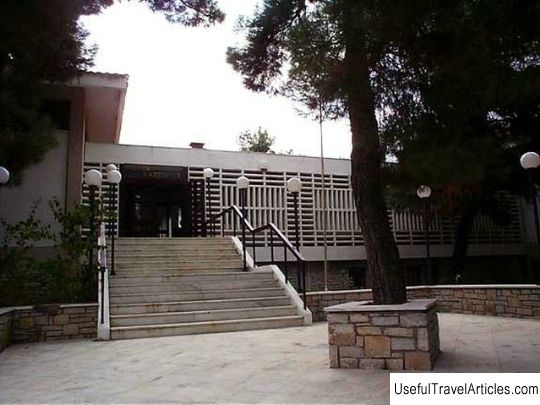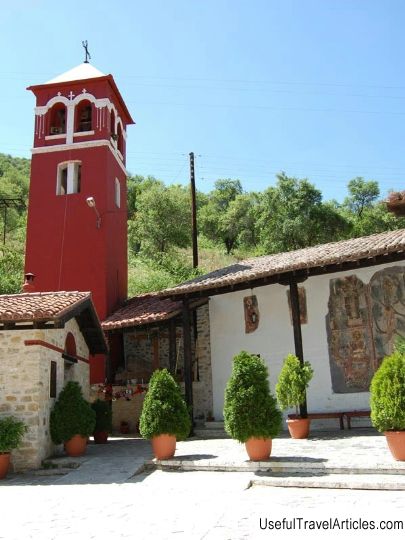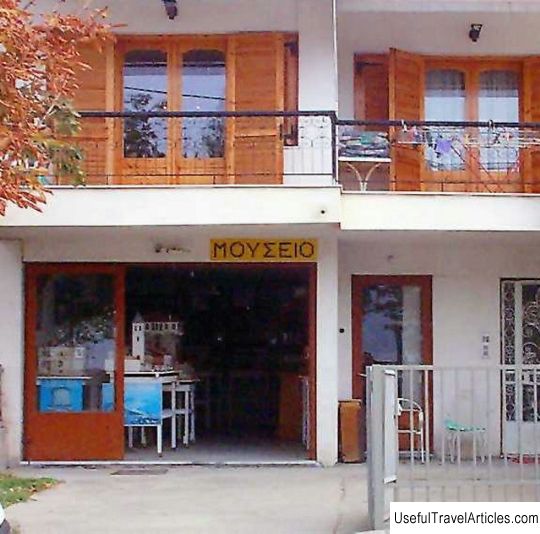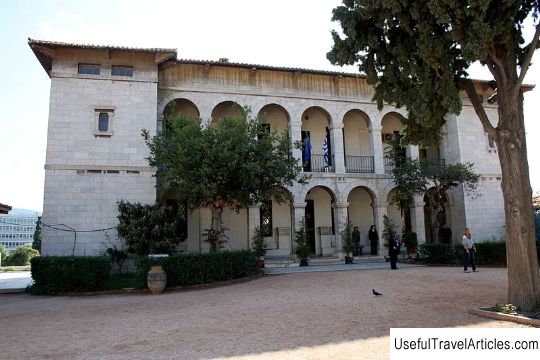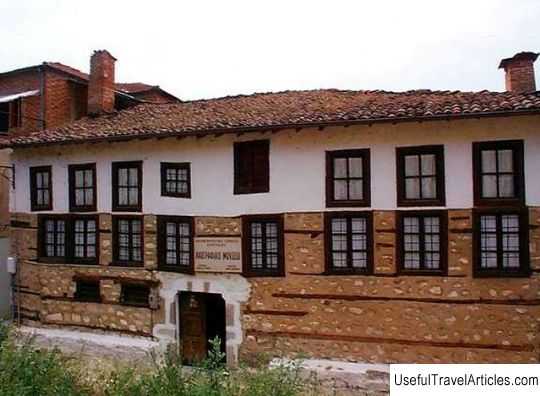Byzantine Museum of Kastoria description and photos - Greece: Kastoria
Rating: 8,6/10 (789 votes) Byzantine Museum of Kastoria description and photos - Greece: Kastoria. Detailed information about the attraction. Description, photographs and a map showing the nearest significant objects. The title in English is Byzantine Museum of Kastoria. Photo and descriptionIn the city of Kastoria, on the top of the hill where the ancient Byzantine Acropolis was once located, the magnificent Byzantine Museum is located in a modern building. His collection contains a unique collection of Byzantine and post-Byzantine icons that date back to the XII-XVII centuries. The museum also displays sculptures, mosaics, frescoes, manuscripts, coins and much more. The Byzantine Museum was founded in 1989. The museum's collection contains approximately 700 icons that have been collected from the multiple Byzantine and post-Byzantine churches of Kastoria. Almost all of them were restored by museum workers. The collection is divided into six parts depending on the date and the workshop. Most of the unique collection is made by local workshops in Macedonia, but there are also works of the Cretan school of icon painting, and masterpieces brought from the Ionian Islands and Venice. There are only 35 icons in the permanent exhibition, the rest are kept in the museum's funds. Among the most important and valuable icons, it is worth highlighting the icon of the Prophet Elijah, which dates back to the 12th century and is made in the Comnenian style. Of particular value is the icon of St. Nicholas, which also dates back to the 12th century. The icons of the Almighty Savior (XIV century), Saints Cosmas and Damian (XIV century), Descent from the Cross (XIV century), Our Lady of Hodegetria (XVI century) and the icon of Christ Pantokrator (XVI century, Cretan school) are interesting. Also on display are the altar doors depicting the scene of the Annunciation (15th century) - a fine example of a local workshop (the school of Kastoria). During the period of the Byzantine domination, Kastoria was a rather powerful and influential city, which could not but affect its history and culture. Today the unique collection of the Byzantine Museum is considered one of the richest and most complete collections of this kind in the world.      We also recommend reading Canada Science and Technology Museum description and photos - Canada: Ottawa Topic: Byzantine Museum of Kastoria description and photos - Greece: Kastoria. |
